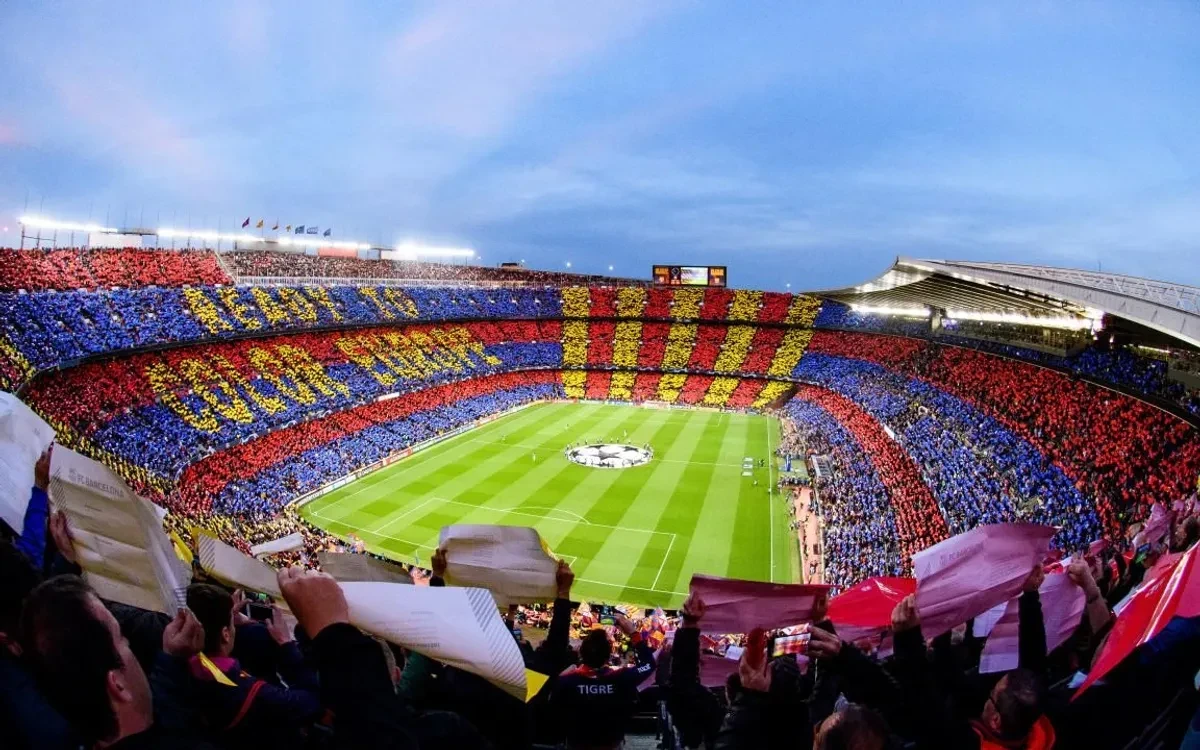News

Weird and Wonderful Lab Grown Opportunities
Manufacturing diamonds, rather than mining them, does open the door to a weird, wonderful - and in some cases very profitable - world of opportunities.
FC Barcelona revealed plans this week to turn the pitch at its Nou Camp stadium into $30m of lab growns diamonds by extracting Carbon from grass. More on this in a moment. First, let's pause for a moment and look at some other creative takes on the potential of lab growns.
Almost every lab grown diamond, whether it's High Pressure High Temperature (HPHT) or Chemical Vapor Deposition (CVD), starts life as a single crystal diamond in a slice.
But in theory anything that contains carbon could work as the "diamond seed" that starts the process. That includes any organism, dead or alive.
Human hair contains carbon. A clump weighing just an eighth of an ounce yields enough pure carbon to grow a diamond, though there's a hefty premium for such a personalized service.
Prices start at $2,800 for a 0.5-carat colorless brilliant cut to $33,600 for a 2.0-carat fancy colored pear cut (Sunny Eden, USA, colors and clarities not specified). A colorless 1.0-ct brilliant cut is $5,200.
In 2014 Pele, the Brazilian soccer legend, had his hair turned into diamonds to decorate 1,283 gold statuettes, one for each goal he scored during his career.
Ash from a cremation also contains carbon, albeit at a very low level. There are lab grown manufacturers who offer to chemically isolate that carbon, typically from between four and eight ounces of ash, and turn it into a diamond.
Eterneva, one of the first companies to offer this service, charges $16,000 for a colorless 1.0-ct memorial diamond for a loved one - or for a dearly departed pet.
Another source of carbon is, er, peanut butter. In 2014 Dan Frost, professor of experimental geosciences at the Bayerisches Geoinstitut, in Germany, managed to grow a (very small) diamond after extracting carbon from peanut butter. It was a long and messy process, he said, but it worked.
Another, even more unlikely source of carbon (look away now if you're squeamish) is human excrement. Last year Swiss-born artist Christoph Büchel announced plans to turn a mixture of unsold artworks and his own waste into 150 lab grown diamonds.
And so to FC Barcelona, which is ripping up the 7,000 square-meter pitch as it vacates its home for a $1.7bn season-long renovation.
The grass will be dried and heated, the carbon will be extracted and purified, and it will be used as seeds to create 1,957 diamonds, a nod to the year when the stadium was built.
The club will charge around $16,000 per carat and generate around $30m of revenue.
Devoted Barca fans will, no doubt, be clamoring for them. And for any other top-tier soccer club it looks like a no-brainer. Real Madrid? Juventus? Manchester United? And why stop at soccer?
Any other sporting venue that has real grass could join the rush to cash in on lab growns. And there's no need to rip up the pitch. Presumably there's carbon to be extracted every time the grass is mowed.
Even artificial grass contains a small percentage of carbon, so technically it could be turned into a diamond seed.
Prices of standard, non-soccer themed lab growns diamonds are currently in freefall, but let's take Lightbox as our benchmark, at a fixed $1.200 a carat.
A near-identical 1.0-ct lab grown, created from a soccer pitch, will fetch a multitude of dollars more. Now there's an opportunity.
(Source:Idex)